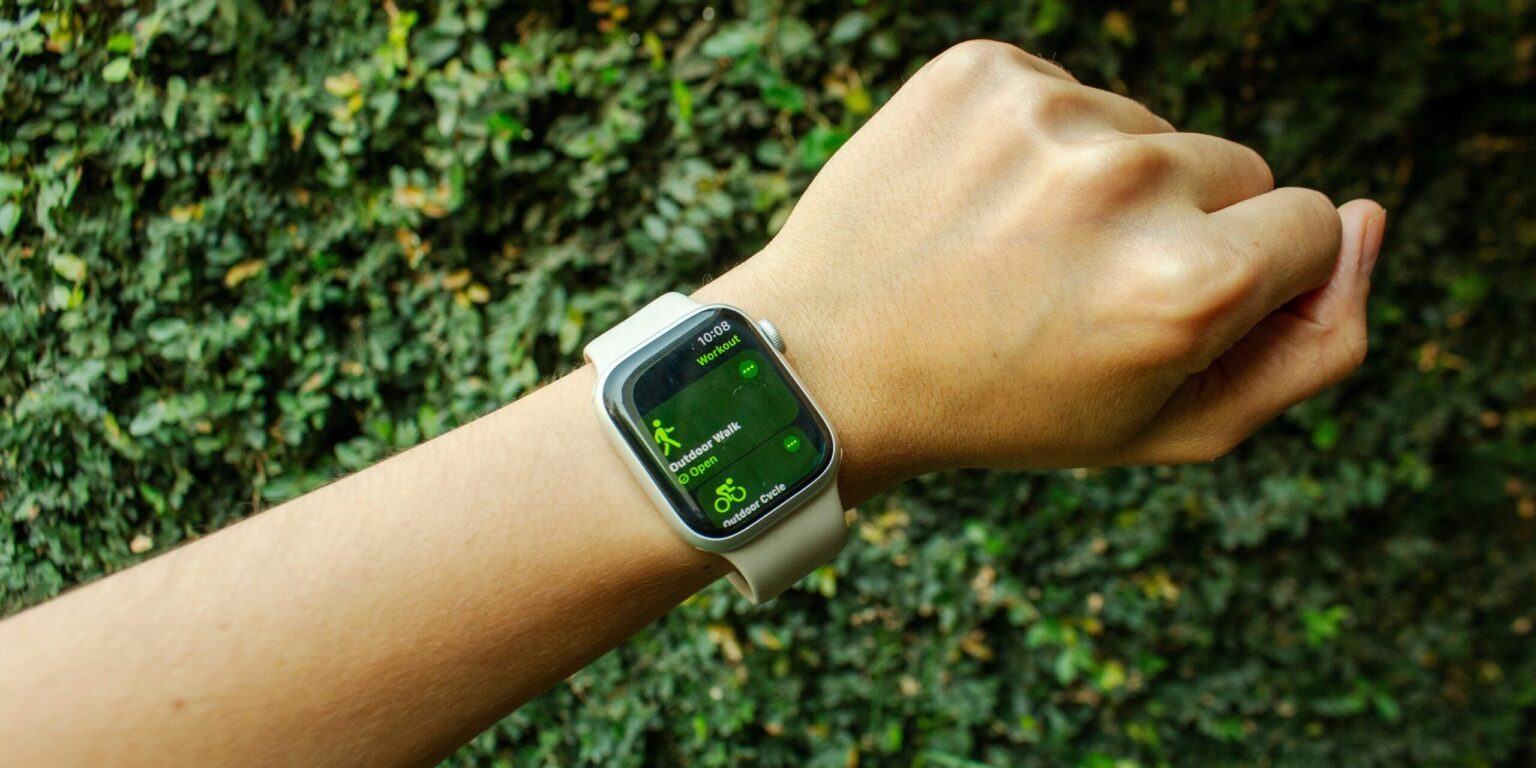On July 15, 2025, the U.S. Food and Drug Administration granted clearance for an innovative wearable health feature: the ability to estimate antioxidant levels through wrist-worn smartwatches. Developed by Samsung and set to debut on the Galaxy Watch Ultra and new Galaxy Watch 8 series, this technology represents a pioneering step in integrating nutritional biometrics into consumer electronics.
Samsung’s antioxidant tracker uses LED-based photometric spectroscopy to evaluate carotenoid concentrations in the skin—compounds found in fruits and vegetables like carrots, spinach, and kale. Contrary to passive sensors, measuring antioxidant levels requires users to remove the watch from their wrist, place their thumb on the BioActive sensor on the underside of the device for approximately five seconds, and view results either on the watch or Samsung Health app—represented as a color-coded score on a 1–100 scale. This process was validated by Samsung’s internal clinical studies conducted at Samsung Seoul Hospital.
According to Samsung, the FDA assessed the sensor’s measurement accuracy, data interpretation algorithms, and device safety to rule out any risk of harm. The agency also considered the feature’s practical value—particularly its potential to promote healthier dietary choices by alerting users to low antioxidant biomarkers. While the FDA clearance acknowledges the sensor’s fitness for consumer use, it does not qualify the feature as a medical diagnostic tool.
At the Galaxy Unpacked event on July 9, company executives highlighted the feature as an “industry-first,” meant to provide intuitive, near-real-time feedback to help guide healthier habits. Nutritionists and physicians emphasize that although tracking carotenoid levels can support awareness of fruit and vegetable intake, the measurement is narrow and not a full indicator of nutritional status.
Dr. Nicholas Dragolea, GP and longevity specialist, noted variability in reading accuracy due to factors such as skin color, hydration, hand creams, and room temperature, recommending users treat it as a lifestyle metric—not clinical evidence—of diet quality. Experts warn this feature does not replace blood tests or consultation with dietitians and should be used cautiously alongside professional advice.
The antioxidant feature is launched with the Galaxy Watch Ultra 2025, as well as the Galaxy Watch 8, Galaxy Watch 8 Classic, and other variants running Wear OS 6 / One UI 8 Watch. These smartwatches also include health tools such as Running Coach, vascular load monitoring, sleep apnea detection, and Google Gemini AI assistant, reinforcing Samsung’s shift toward holistic wellness.
Samsung indicates the antioxidant index feature will be rolled out as part of a firmware update in September 2025, downloadable via Samsung Health. Eligible devices include the new Watch Ultra and Watch 8 models, with the company indicating support may later extend to Galaxy Watch 7 and above, pending hardware compatibility.
This FDA clearance marks a significant evolution in preventive wellness technology—blending dietary feedback with fitness and biometric monitoring on a single wristband. The use of multicolor LED sensors exemplifies continuous innovation, enabling new health measurements like AGEs (advanced glycation end-products) and antioxidant tracking.
Nevertheless, marking antioxidants as a “wellness-only” metric—with disclaimers about medical limitations—reflects cautious optimism from health professionals. Samsung positions the antioxidant sensor as a catalyst for healthier lifestyle adjustments. The FDA has approved the feature’s safety and performance for consumer use, albeit classifying it as non-diagnostic. Medical experts support its potential as a motivational tool but discourage overreliance without professional guidance. Consumers gain an additional data point to potentially shape better food choices, though its efficacy depends on consistent use and context-sensitive interpretation.
This FDA approval heralds a new frontier where dietary biochemistry and wearables intersect, offering users unprecedented insight into their nutritional habits. But as with any tech innovation, its true impact lies in how responsibly it’s used—complementing, not substituting, traditional medical advice.
